
Activating A City Of Lights
Meeting the challenges of a big arts festival along the Brisbane River.
Text:/ Derek Powell
Brisbane Festival is rapidly building a reputation for creative, modern art and entertainment events with a twist. The festival now includes the hugely popular Sunsuper Riverfire event which is one of the country’s pre-eminent outdoor spectacles.
Brisbane Festival Technical Director Jono Perry took AV on a backstage tour of two unique festival events, the Liquid Interactive Light Scope and Santos City of Lights. Both are spectacular examples of attractions that take the seed of their inspiration from much older forms, but then use cutting edge technology to produce one-of-a-kind entertainment that hauls in record crowds night after night.
A DIGITAL HALL OF MIRRORS
The Liquid Interactive Light Scope reflects an attraction popular in 19th century but brings it to Gen Y in a new and compelling way. The fairground House of Mirrors presented patrons with amusing, distorted reflections of themselves that distended or warped as they moved. The Light Scope also reflects the way that viewers move but in a much more subtle way, and as just one layer of a multi-faceted graphic and sound experience. Visitors enter a 25m tunnel where the LED walls display changing patterns of graphics and video images. The images interact with and respond to the ethereal soundtrack which itself evolves through snippets of classical, contemporary and original music.
As they progress, visitors are on a voyage of discovery, finding certain points in the image cycle that react to their movements. Children are quick to discover that they can draw patterns of colour on screen by reaching out their arms at one juncture or gather up drifting globes of light into an animated avatar if they dance in front of the screen at other times. There are no instructions for patrons (although helpful guides can suggest how to make the best of the experience) so it is quite amusing to watch visitors gradually discover the different ways in which the images can be made to react.
The Liquid Interactive Light Scope evolved from the original concept of Creative Director Tony Assness and was brought to fruition with a generous contribution from and using equipment provided by Technical Direction Company (TDC) plus literally months of interaction design and programming by Liquid Interactive – headed up by designer Chris Golsby.
PUMPING OUT THE PIXELS
The Light Scope comprises four video screen segments, each consisting of a 25 wide x four high array of OneLED i6 6mm-pitch display tiles. Each screen array has a resolution of 2000 x 320 (though Liquid’s content was created at 960 x 148) and is driven by a custom-built computer via a Folsom Image Pro and oneLED processor. One PC acts as a master to keep the other three in sync with each other and with the soundtrack. The tricky part is the interactivity, which is created using a pair of Xbox 360 Kinect controllers for each screen. The software was developed in C++ using Media Foundation to enable the interactivity. Programmer Clinton Shaw from Liquid Interactive was on hand to explain something of the process.
“The hardest part was that we couldn’t get the official APIs for the Kinect until eight weeks out,” Clinton said, noting that this led to some “long days and nights” as the Festival launch date loomed. “It was quite an experience,” he confessed. “But I am a nerd and I love this stuff”.
Jono explained that meeting the demand for a seamless 25m-long image created quite a few challenges in the installation phase. TDC invested in 400 of the latest high-resolution panels which are mounted on special trussing so that the 488mm-square tiles are exactly aligned with each other. “There is no specially prepared foundation for the trusses; the marquee is just on ordinary ground. So it was tricky to get the framework dead level across 25 metres,” Jono noted, gesturing at the floor. “There are lots and lots of packing pieces under there!”

IN THE WAKE OF A DUMP & BURN
The Light Scope ran day and night, attracting a constant stream of visitors, while Santos City of Lights pulled in tens of thousands to its nightly South Bank shows. Santos City of Lights is a sky show, but its technology is more than a thousand years younger than fireworks, the traditional aerial extravaganza.
“The F111’s ‘dump and burn’ routine was such a popular part of Riverfire over the years, that when the jets were retired, we were keen to find a new kind of sky show to complement the fabulous fireworks display,” explained Jono.
The answer was an outdoor laser and light show staged literally in mid-air over the river in front of South Bank and from the high-rise buildings and bridges surrounding the site. Oracle Attractions created the laser and water components while the searchlights were provided by Production Resource Group (PRG) and some LED pars from the ULA Group. Once again Tony Assness was creative director with John Rayment as lighting designer with laser and water design by Glenn Turner and Tara W Cox of Oracle Attractions.
The show itself was certainly a spectacle, and the crowds were large and appreciative. For viewers along the South Bank riverfront, the action took place mid-river where water jets created a screen on which laser images were focused. Meanwhile, lasers and searchlights atop five city high-rise buildings plus QPAC and searchlights on the adjacent Victoria Bridge cut across the sky creating a city-wide backdrop to the foreground action that could be seen for kilometres around. The lights and lasers were tightly synchronised to a soundtrack which was amplified across the Parklands and narrowcast by Southern Cross Austereo on 95.3MHz FM to reach viewers further afield.
CITY-WIDE RIGGING CHALLENGES
Very few shows require a bump-in to the tops of skyscrapers, rigging points slung under freeway bridges or power delivered mid-river, but for Jono, this was par for the course. “There were lots of man-hours carrying rigging and fixtures up to the top of buildings,” he said. The greatest challenge, though was strapping the 5W laser systems to the freeway pylons out over the water.
“The laser heads weigh only about 20kg, so it was practical to set those up over the water, but getting massive searchlights hoisted up there just wasn’t practical.” The searchlights are on solid ground, as is the generator which powers the under-freeway lights and lasers.
The great white span of Brisbane’s Victoria Bridge defines the Western boundary of South Bank and so was a natural to form part of the Santos City of Lights display. Across two back-breaking nights, crews installed first the 300 metres of 125A cable and arched trusses, then hoisted into position the dozen 140kg, 5kW Big Lites made by French company Zap Technology. These lights defined the show ‘arena’ superbly and were powered by a 150kVA generator located just under the control room. “It was a big exercise,” commented Jono, the master of understatement.


COMPLETELY UNDER CONTROL
Jono took me to the control room located in a demountable atop the old Victoria Bridge abutment which has a perfect view across the river display area. Inside are three control points, for lasers, lighting and audio which come together to run up to five shows a night.
Lighting control is dominated by two GrandMAs. One is on-line with the second running as backup. Just outside the window hangs the aerial for the 2.4GHz Radio DMX system. Three weeks before the show the crew spent a whole day measuring signal strength in the various locations to see what antennae were needed and to confirm that reception across the far flung rig. “There were a few teething problems with interference, but everything settled down nicely,” according to Jono. With the furthest link located 890m from the control point, you get the strong impression that the time spent on RF testing paid off handsomely.
Lighting crews came in at 3pm every day to run tests and lamp strikes so that there was time to fix any problems before the 7pm first show. That allowance may seem excessive until you consider that the technical elements of this show were spread across an area of nearly a kilometre square, and the lighting crews needed to visit five city buildings, the Victoria Bridge and QPAC each day.
The laser show used six full colour lasers and two high-powered green lasers all built by Oracle in Sydney. The LivePro controller, also developed by Oracle, ran from a pair of laptops across a closed network to each of the laser devices. The network was implemented through a set of microwave links to a server on the far side of the river and then distributed via Cat5 UTP to the individual laser units under the freeway.
Lighting and lasers were both locked to the time code derived from the CD player running the soundtrack. Timecode was recorded for 15 seconds before audio start so that all elements could confirm timecode lock before the show kicked off.
STICKING TO SCHEDULE
Every night either Jason Waide (Technical Manager) or James Merryman (Project Co-ordinator) ensured that all teams were ready and got set to call the show. Timing was critical, as the show needed to kick off at exactly 19:00 and 20:00 hours Telstra time.
If Santos City of Lights were to run late, the Brisbane Festival tech team were required to notify Air Services Australia and CASA. With high-powered lasers and searchlights probing the sky, the potential danger to air traffic could not be ignored. “We involved CASA very early in the planning process,” Jono observed. “And they were tremendously helpful all the way.”
Jono laughs as I ask if he’s thought about next year. “I’ve been focused on 2012 since the first week the Festival opened,” he chuckles. He’s spent a day analysing, deconstructing and brainstorming with Creative Director Tony Assness. But when I ask how he’ll top this show, he simply gives a sly smile.
I guess we’ll just have to wait and see.
SANTOS CITY OF LIGHTS EQUIPMENT LIST
Oracle Lasers:
2 x high powered green lasers
6 x full colour lasers
Oracle wireless microwave control system
Oracle Water Fountains
4 x 40 metre vertical jets @ 2500 litres per minute each
4 x 70m wide x 30m high parabolic jets (2500 litres per minute)
2 x industrial water misters
Custom radio DMX control system
Lighting by PRG:
12 x 5 kW Big Lite searchlights
42 x 7 kW Space Canon searchlights
2 x Syncrolite B52s
2 x GrandMA consoles
14 x wireless DMX transceivers
3 km cabling
Lighting by ULA:
12 x iLED Pars
Generators by Generator Hire Service
5 x 150kVA Generators
1 x 40kVA Generator
Locations:
5 x CBD building rooftops with searchlights (two also with laser)
Truss arches across Victoria Bridge with searchlights
Lighting position on top of QPAC
4 x laser/lighting positions under Captain Cook Expressway
4 x barges with water effects
LIQUID INTERACTIVE LIGHT SCOPE GEAR
TDC Supplied Equipment:
400 x Barco oneLED i6 Black LED Tile
4 x Barco oneLED processor
4 x Folsom (Barco) Image Pro
4 x R16 3 phase power distribution
24 x oneLED triple hanging bar
16 x oneLED dual hanging bar
Liquid Interactive Computer Spec:
(x4) Intel Core i7 960 processor
6G (3x2G) DDR3 RAM
GTX560 OC 1G GDDR5 PCIE DualLink DVI video
Dual 500G SATAIII hard disk drives
Windows 7 64bit Pro
Interactivity:
8 x Microsoft Kinects (2 per PC)
MORE INFORMATION
Oracle Attractions: www.oracleattractions.biz
Liquid Interactive: www.liquidinteractive.com.au
Technical Direction Company: www.tdc.com.au
ULA Group: www.ula.com.au
PRG: www.prg.com

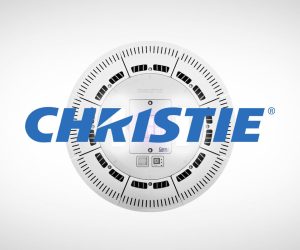
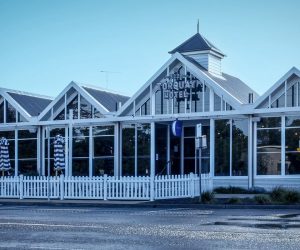
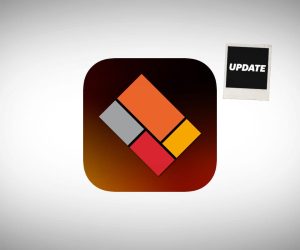
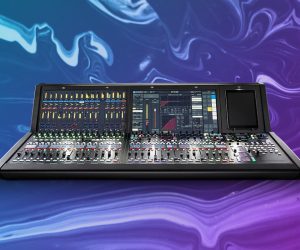
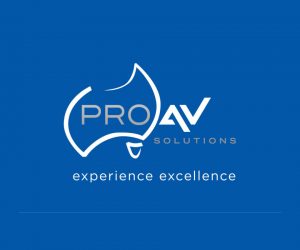
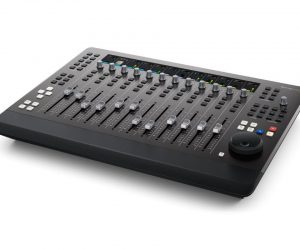
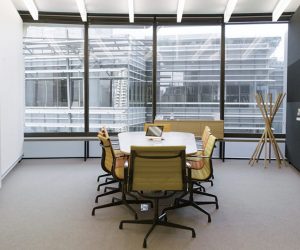
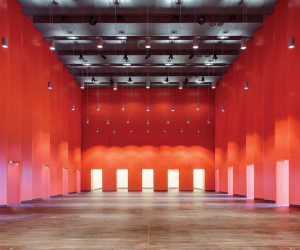

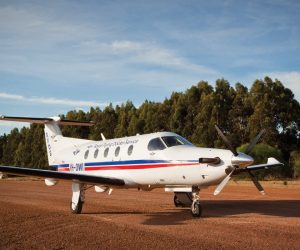
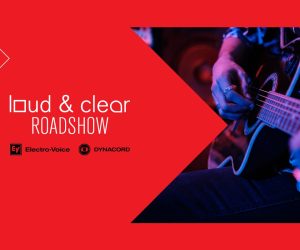
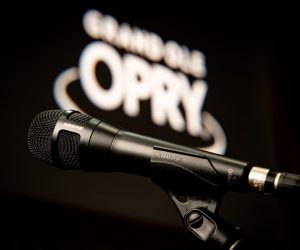


RESPONSES